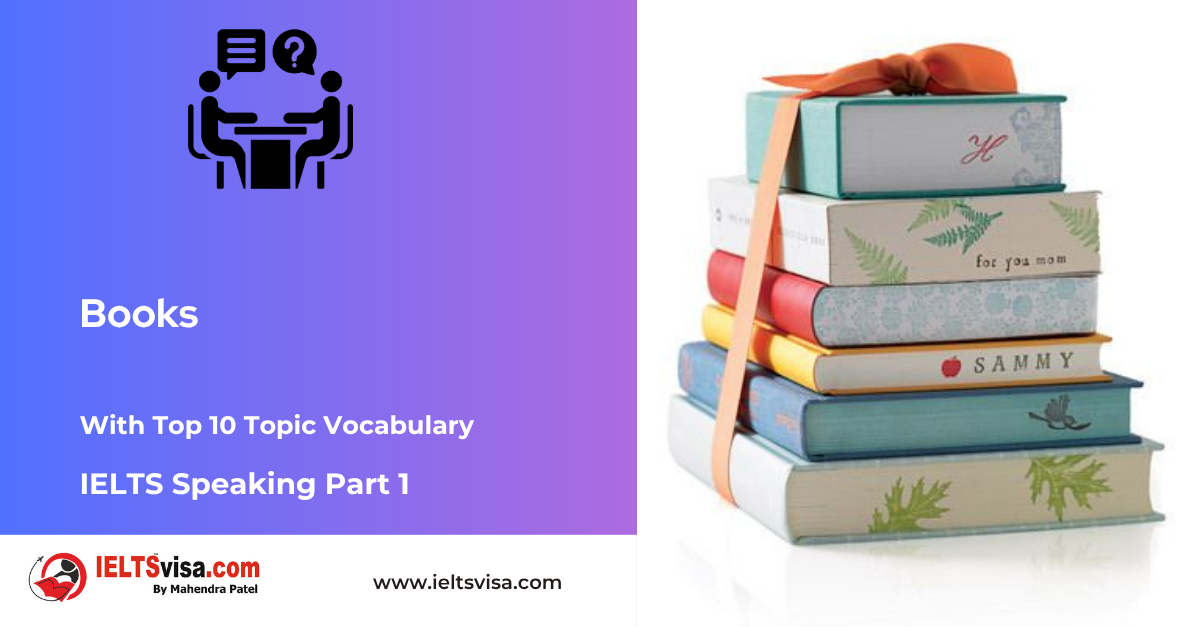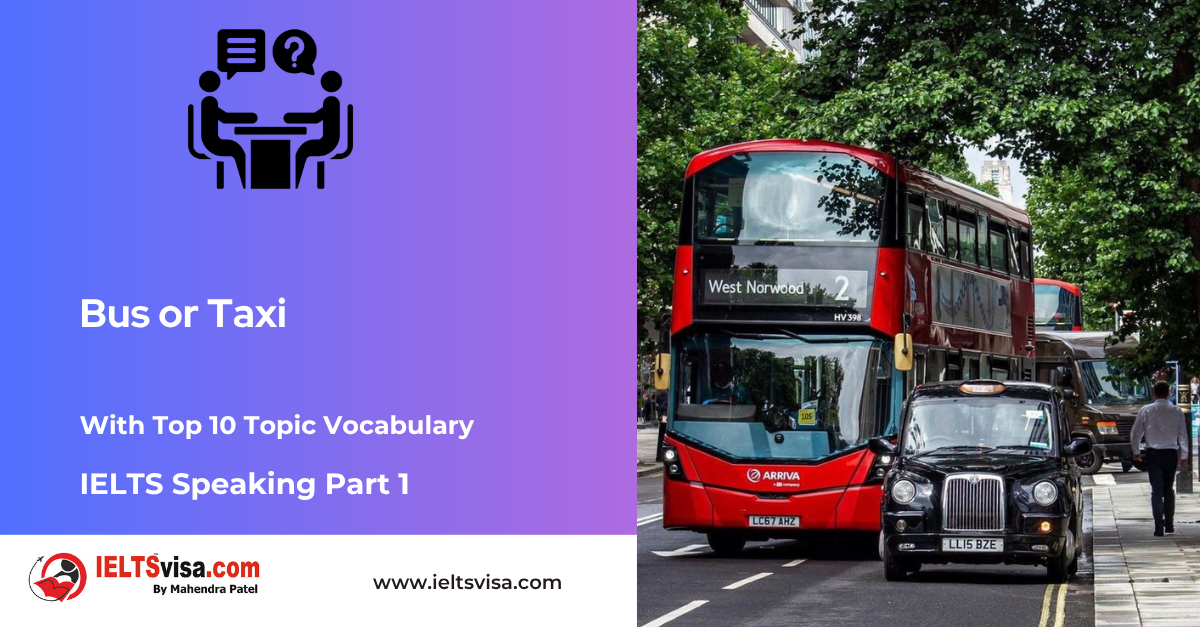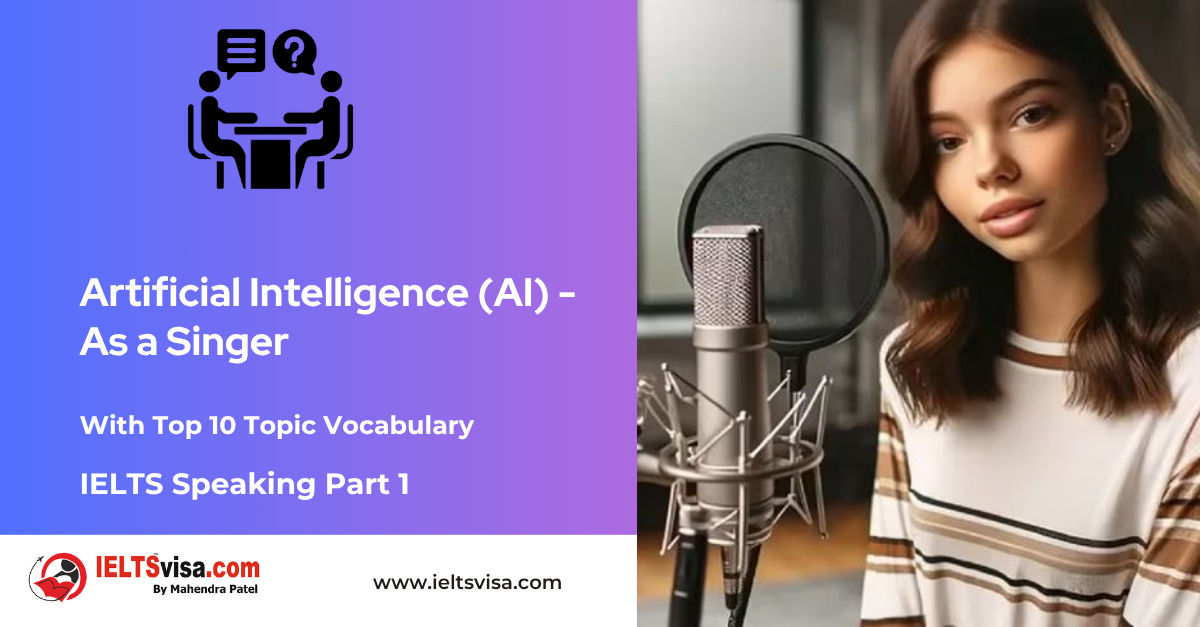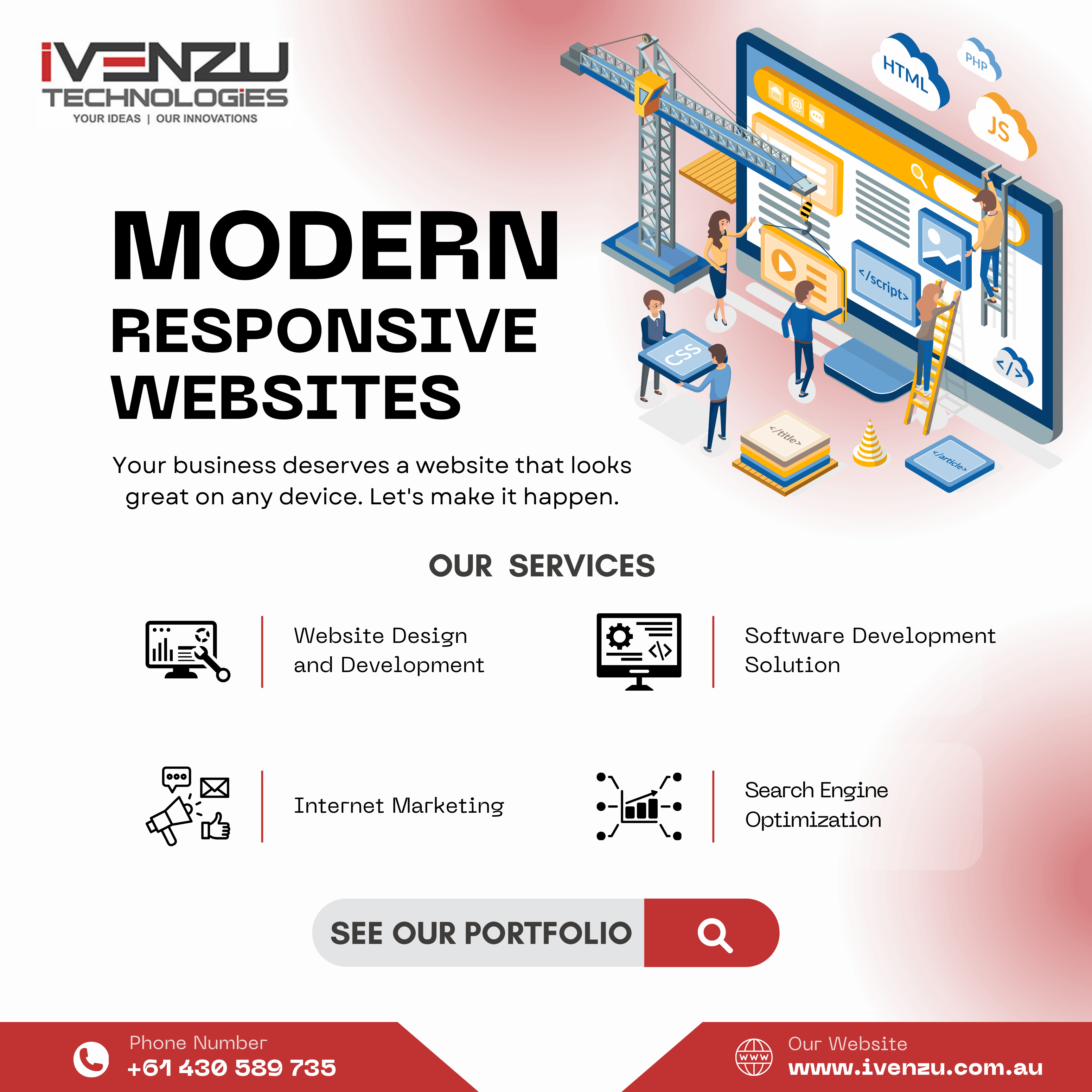IELTS Speaking Part 1 – Artificial Intelligence (AI) As a Graphic Designer
IELTS Speaking Practice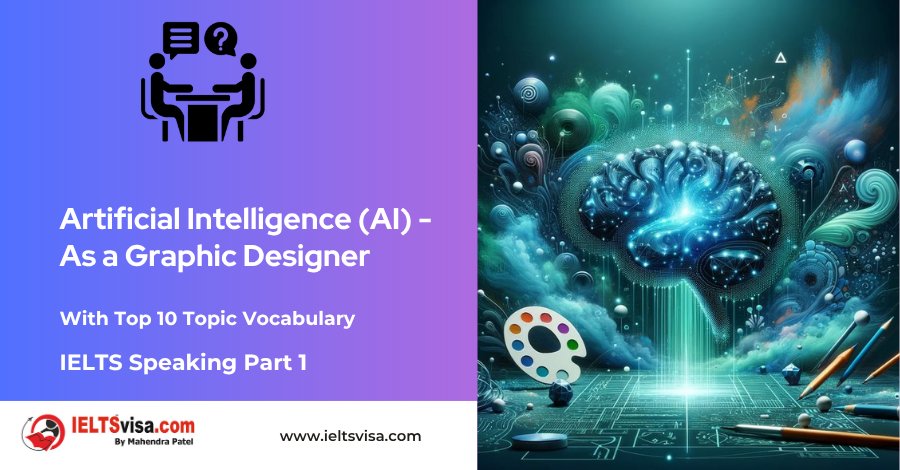
IELTS Speaking Part 1 – Artificial Intelligence (AI) As a Graphic Designer
Examiner: How do you see AI impacting the field of graphic design?
Candidate: AI is transforming graphic design by automating repetitive tasks, offering design suggestions, and enhancing creativity through advanced tools and software.
Examiner: Have you used any AI tools in your design work?
Candidate: Yes, I’ve used AI-powered tools like Adobe Sensei and Canva’s design assistant to streamline my workflow and generate innovative design ideas.
Examiner: What benefits does AI bring to graphic designers?
Candidate: AI can save time by automating routine tasks, improving design accuracy, providing data-driven insights, and inspiring new creative directions.
Examiner: Are there any AI design tools you particularly like?
Candidate: I particularly like Adobe Sensei for its powerful AI features that assist with image editing, layout suggestions, and personalised content creation.
Examiner: How do you think AI affects the creativity of graphic designers?
Candidate: AI can enhance creativity by providing new tools and perspectives, but designers need to use AI to complement their skills, not replace them.
Examiner: Do you think AI can replace graphic designers in the future?
Candidate: While AI can automate certain design aspects, it can’t fully replace the human touch, creativity, and emotional connection designers bring to their work.
Examiner: How do you stay updated with AI advancements in graphic design?
Candidate: I stay updated by following industry news, participating in webinars, attending conferences, and experimenting with the latest AI tools and software.
Examiner: What challenges do you face when using AI in your design projects?
Candidate: I stay updated by following industry news, participating in webinars, attending conferences, and experimenting with the latest AI tools and software.
Examiner: How do you integrate AI with your traditional design methods?
Candidate: I use AI to handle technical tasks and generate ideas. However, I combine it with my traditional design methods to add a personal and unique touch to my projects.
Examiner: What do you think about AI-generated art?
Candidate: AI-generated art is fascinating and showcases the potential of technology in creativity. However, I believe it should be seen as a collaboration between human creativity and machine efficiency.
Examiner: Can AI help understand design trends?
Candidate:AI can analyse vast amounts of data to identify emerging design trends, providing valuable insights that can inform and inspire my work.
Examiner: How do clients react to AI involvement in design projects?
Candidate: Clients are generally optimistic about AI if it means faster delivery and innovative solutions. However, they still value the designer’s personal touch and expertise.
Examiner: Do you think AI can improve the accessibility of design tools?
Candidate: Absolutely! AI can make design tools more intuitive and accessible, enabling more people to create high-quality designs regardless of their technical skills.
Examiner: How do you ensure your designs remain unique with the help of AI?
Candidate: I use AI as a tool to enhance my work, but I ensure my designs remain unique by infusing my personal style, creativity, and insights into every project.
Examiner: What future developments in AI are you excited about for graphic design?
Candidate: I’m excited about advancements in AI that will further personalise design experiences, offer more sophisticated design recommendations, and integrate seamlessly with creative workflows.
Top 10 Topic Vocabulary for “Artificial Intelligence (AI) As a Graphic Designer”
|
Vocabulary |
Type |
Meaning |
Synonyms |
Antonyms |
Word Family |
Example Sentences |
|
Automate |
Verb |
Perform or operate with little or no human intervention |
mechanise, computerise, robotise |
manual, manual, handmade |
automation |
AI can automate repetitive tasks in graphic design. |
|
Creative |
Adjective |
Having or showing an ability to create new and original ideas |
imaginative, inventive, innovative |
uncreative, unimaginative, uninventive |
creativity |
AI can enhance creativity in graphic design. |
|
Streamline |
Verb |
Make more efficient or simpler |
simplify, rationalise, optimise |
complicate, make more complex, make more difficult |
streamlining |
AI can streamline the graphic design process. |
|
Innovative |
Adjective |
Introducing or using new methods, ideas, or products |
groundbreaking, pioneering, trailblazing |
traditional, conventional, old-fashioned |
innovation |
AI provides innovative tools for graphic designers. |
|
Complement |
Verb |
Add to something in a way that enhances or improves it |
enhance, supplement, reinforce |
detract from, diminish, reduce |
complementary |
AI complements the creativity of graphic designers. |
|
Creativity |
Noun |
The ability to create new and original ideas |
imagination, inventiveness, innovation |
creative |
AI can enhance creativity in graphic design. |
|
|
Personal touch |
Noun |
A human element or quality that makes something unique |
individual touch, individual style, personal stamp |
personal |
Designers bring a personal touch to their work. |
|
|
Intuitive |
Adjective |
Easy to understand or learn |
instinctive, natural, instinctive |
intuition |
AI can make design tools more intuitive. |
|
|
Sophisticated |
Adjective |
Having or showing a high degree of skill, refinement, or knowledge |
advanced, complex, intricate |
simple, basic, unsophisticated |
sophistication |
I’m excited about future advancements in AI for graphic design. |
|
Seamlessly |
Adverb |
In a smooth and effortless way |
smoothly, flawlessly, effortlessly |
clumsily, awkwardly, disjointedly |
seamless |
AI can integrate seamlessly with creative workflows. |

Our Books
Master IELTS Speaking Part 1
IELTS Writing Task 1 Book
IELTS Writing Task 2 Book
Practice IELTS Other Modules
IELTS Listening
The IELTS Listening test assesses how well you can understand spoken English in various contexts. It lasts about 30 minutes and is divided into four sections with a total of 40 questions. The listening tasks become increasingly difficult as the test progresses.
IELTS Academic Reading
The IELTS Academic Reading section assesses your ability to understand and interpret a variety of texts in academic settings. It is designed to evaluate a range of reading skills, including skimming for gist, reading for main ideas, reading for detail, understanding inferences, and recognizing a writer's opinions and arguments.
IELTS Speaking
The IELTS Speaking test assesses your ability to communicate in English on everyday topics. It lasts 11-14 minutes and consists of three parts: introduction, cue card, and a discussion based on the cue card topic.
IELTS General Reading
IELTS General Reading tests your ability to understand and interpret various types of texts. Here are some key areas and types of content you can expect to encounter in the reading section, along with tips for effective preparation.
IELTS Academic Writing Task 1
In IELTS Academic Writing Task 1, you are presented with a visual representation of information, such as graphs, charts, tables, or diagrams, and you are required to summarize, compare, or explain the data in your own words.
IELTS General Writing Task 1
In IELTS General Writing Task 1, you are required to write a letter based on a given situation. The letter can be formal, semi-formal, or informal, depending on the prompt. Here’s a breakdown of the key components to include in your letter
IELTS Academic Writing Task 2
In IELTS Academic Writing Task 2, you are required to write an essay in response to a question or topic. Here’s a guide to help you understand the essential elements of this task
IELTS Exam Tips
To succeed in the IELTS exam, practice regularly, familiarize yourself with the test format, improve your vocabulary, develop time management skills, and take mock tests to build confidence.
Grammer for IELTS
Grammar is the foundation of effective communication in English. Understanding tense usage, subject-verb agreement, and sentence structure enhances clarity and coherence in writing and speaking.
Vocabulary for IELTS
Vocabulary plays a crucial role in the IELTS (International English Language Testing System) exam, especially in the Speaking and Writing sections. Here’s an overview of why vocabulary is important and how it impacts your performance
RECENT IELTS SAMPLES QUESTIONS AND ANSWERS
IELTS Speaking Part 1 – Boats
IELTS Speaking Part 1 - Boats Examiner: Have you ever been on a boat?Candidate: Yes, I have been on a boat a...
IELTS Speaking Part 1 – Books
IELTS Speaking Part 1 - Books Examiner: Do you like reading books?Candidate: Yes, I enjoy reading books very...
IELTS Speaking Part 1 – Bus or Taxi
IELTS Speaking Part 1 - Bus or Taxi Examiner: How do you usually get around town?Candidate: My preferred mode...
IELTS Speaking Part 1 – Celebrity (Indian)
IELTS Speaking Part 1 - Celebrity (Indian) Examiner: Do you have a favourite celebrity?Candidate: My favourite...
IELTS Speaking Part 1 – Celebrity – Sports (Indian) – Virath Kohali
IELTS Speaking Part 1 - IELTS speaking part 1 - Celebrity - Sports (Indian) - Virath Kohali Examiner: Who is...
IELTS Speaking Part 1 – Artificial Intelligence (AI) as a Singer
IELTS Speaking Part 1 - Artificial Intelligence (AI) - As a Singer Examiner: How do you see AI impacting the...


